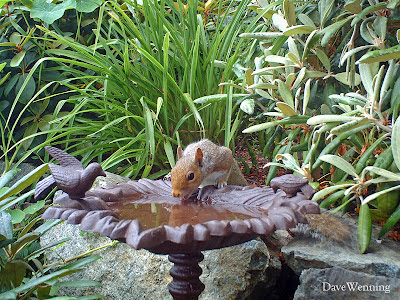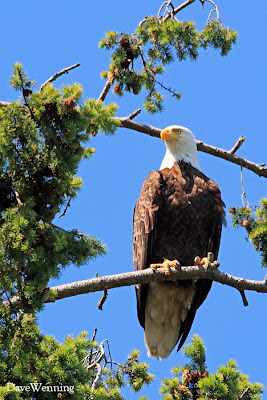New BirdCam Setup: Uh-Oh!

I thought I would try something different and use a birdbath as a BirdCam lure. I got the idea from a recent post by David Lindquist at Cary BirdCam Blog . I found a little birdbath on sale at Ace. I thought it would look good in photos. It also fit nicely within the depth-of-field setting on the BirdCam. When I started reviewing photos, I was taken aback to find this Eastern Gray Squirrel showing up on the first day out. As some may know, I have been engaged in something just short of hand-to-hand combat with these invasive and resolute feeder pests . In the end, I would only get three squirrel shots, these two and one that was blurred. What a relief. This is in stark contrast to the 1,200 a day I was getting with a suet lure. As long as he is behaving himself, he will be welcome to come for a drink now and then. My very first customer was actually this Song Sparrow . They have always been reliable BirdCam visitors. The birdbath is positioned close to the f

